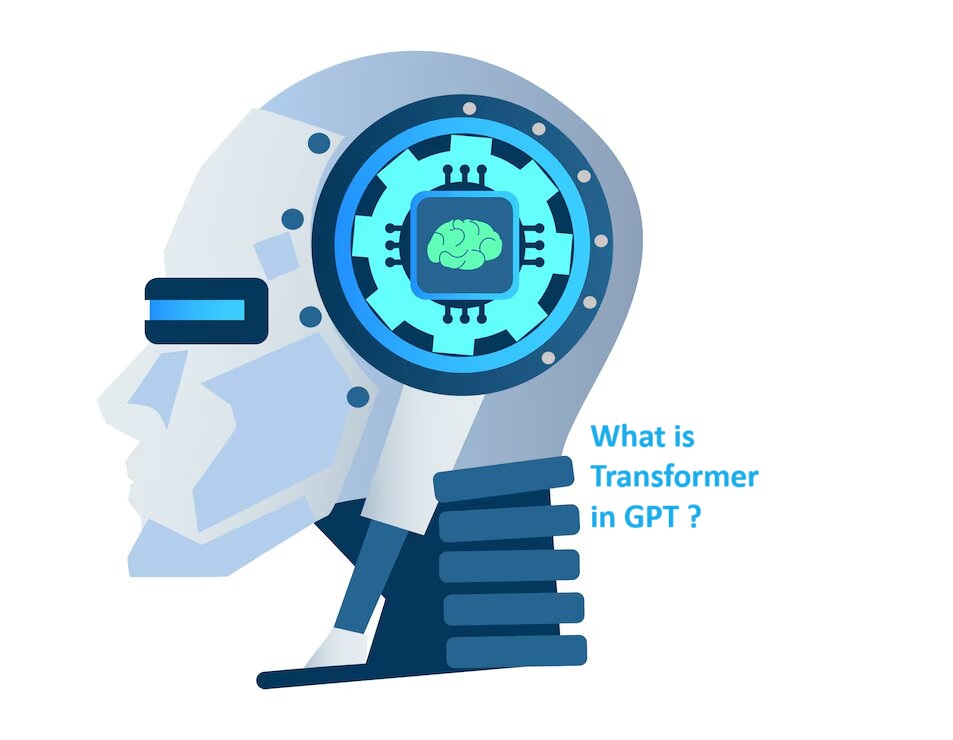What is Transformer in GPT ? This term “Transformer” plays a crucial role in the world of Generative Pre-trained Transformers (GPT). Understanding the Transformer architecture is essential for grasping how GPT models function and why they are so effective in natural language processing (NLP).
Introduction to Transformers
Transformers are a type of neural network architecture introduced by Vaswani et al. in 2017. They have revolutionized the field of NLP by enabling models to process and generate text more efficiently and accurately. Transformers are the backbone of GPT models, making them essential for understanding how GPT works.
Key Components of the Transformer
Self-Attention Mechanism
- Definition: The self-attention mechanism allows the model to weigh the importance of different words in a sentence when making predictions.
- Function: It helps the model focus on relevant words and context, improving the accuracy of text generation and comprehension.
Positional Encoding
- Definition: Positional encoding adds information about the position of words in a sentence, allowing the model to understand the order of words.
- Function: This helps the model differentiate between words that might otherwise seem similar but have different meanings based on their position in the sentence.
Encoder-Decoder Structure
- Definition: The Transformer architecture is divided into an encoder and a decoder. The encoder processes the input text, and the decoder generates the output text.
- Function: This structure allows for more efficient processing of text data and better generation of coherent and contextually accurate text.
How Transformers Work ?
Transformers process text in parallel, unlike previous architectures like recurrent neural networks (RNNs) that process text sequentially. This parallel processing allows for faster training and more efficient handling of long-range dependencies in text. The self-attention mechanism plays a vital role in this process by enabling the model to consider the entire input sequence at once, rather than one word at a time.
Benefits of Using Transformers in GPT
- Efficiency: Parallel processing enables faster training and inference.
- Accuracy: The self-attention mechanism improves the model’s ability to understand context and generate relevant text.
- Scalability: Transformers can handle large amounts of data, making them suitable for pre-training on vast text corpora.
Applications of Transformers in AI
Transformers have a wide range of applications in AI, including:
- Language Translation: Accurate and fluent translation between multiple languages.
- Text Summarization: Condensing long documents into concise summaries.
- Chatbots and Virtual Assistants: Enabling natural and coherent conversations.
- Sentiment Analysis: Understanding and interpreting the sentiment behind text.
- Content Generation: Creating articles, blogs, and social media posts with minimal human input.
Future Developments in Transformer Technology
The future of Transformer technology holds exciting possibilities, such as:
- Multimodal Models: Integrating Transformers with other modalities like vision and speech for more comprehensive AI systems.
- Improved Efficiency: Developing more efficient algorithms to reduce computational costs.
- Ethical AI: Addressing biases and ensuring the ethical use of Transformer models in various applications.
Conclusion
Understanding the Transformer in GPT is crucial for appreciating the advancements in AI and NLP. The self-attention mechanism, positional encoding, and encoder-decoder structure make Transformers highly efficient and accurate for processing and generating text. As AI technology continues to evolve, Transformers will play a pivotal role in shaping the future of human-machine interactions.



